Travel Photographer - Great Photos Are Not Made By Your Great Camera

by
Kevin Landwer-Johan
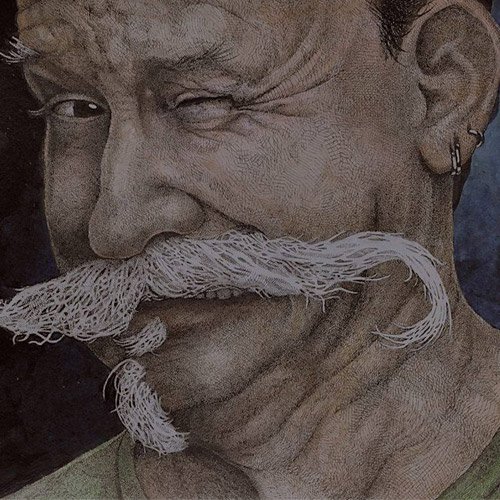
To take great photos you don’t need a great camera. A good travel photographer can take great photos wherever they are with whatever camera they have. Relying on your expensive camera when you’re on a photography trip is not a good idea.
You must know how to use the camera you have. Learning photography while traveling is easy these days. We run local photography workshops in Chiang Mai, Thailand. You can take a one-day photography workshop with us and learn how to take great photos with whatever camera you have.

One Travel Photographer Mistake
One mistake that’s easy for a travel photographer to make is to rely too much on your camera to take good photos. Great travel photographers take great photos. No camera is creative or can know what to photograph. These are things you must decide. If you leave it to the automatic functions on your camera you will be disappointed.
If you believe the promotional material camera companies spin you will end up leaving your camera on auto. You will likely become disillusioned when you don’t take fabulous photos. The more choices you make about your photos, the more interesting they will be. The more you leave the choices to the camera the more generic your pictures will look.
Cameras are calibrated in laboratories and all set to a standard. This is all carefully calculated and so the camera can make balanced, in focus exposures most of the time. Various scene modes allow new photographers to take better portraits, landscapes, night scenes, etc. These automatic options make picture taking more convenient without the need to learn much about the camera.
Using your camera like this will not produce particularly creative photos. Especially not creatively exposed photos. By using any of the auto or semi-auto modes you are leaving exposure choice to the camera. It will usually produce a reasonably well-exposed photograph but without any creative flare.

The Word ‘Photography’
The word ‘photography’ comes from the Greek language and means ‘writing with light’. Light is essential to photography. Where there is no light, we cannot take photos. Light is the first creative element you must consider to consistently take wonderful photos. Without an understanding of light and manual control of your camera, your photos will remain bland looking and dull.
Learning to use a camera in manual mode is something every travel photographer should aim to do. It’s not so difficult when you put your mind to it. Being in control of your camera’s exposure will release you into whole new realms of creativity.

Slow Down and Take Better Photos
Even when you have the most interesting subject, you can still end up with a boring picture of it. A serious travel photographer will not be interested in taking snapshots. No matter how interesting the subject is.
Many travel photographers who have not yet discovered the joy of using manual mode complain that it takes too long. There is a fear that having to set the exposure manually means they will miss too many photo opportunities. I usually encourage these people to slow down. Not many of the best photos are taken on the spur of the moment.
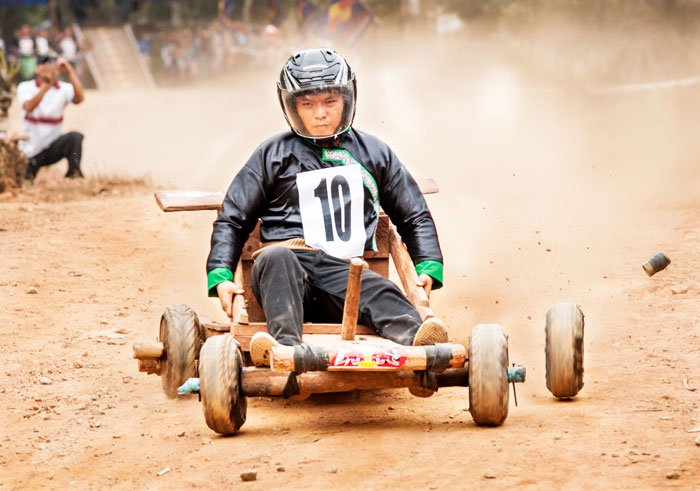
Using manual mode is slower, at first. Practice changing the exposure settings often and before long you will not need to think so much about them. You will develop a feel for your camera and how to set the exposure well. It doesn’t take long to learn this and you can become very fast with it.
Slowing down is good to do. Every travel photographer can learn to take more interesting photos if they slow down. Learning to use manual mode will help you do this. Stopping and thinking more about what you want to take photos of will teach you to create more interesting photographs. When you use an auto mode all the time you will tend not to pay so much attention to details.
Take your time. Look carefully at what you are photographing. Are you taking the pictures from the best angle? Is your exposure as interesting as it could be? How about your timing? Are you capturing the photo at the right moment?
Slowing down to take your photos will help you be a better travel photographer.
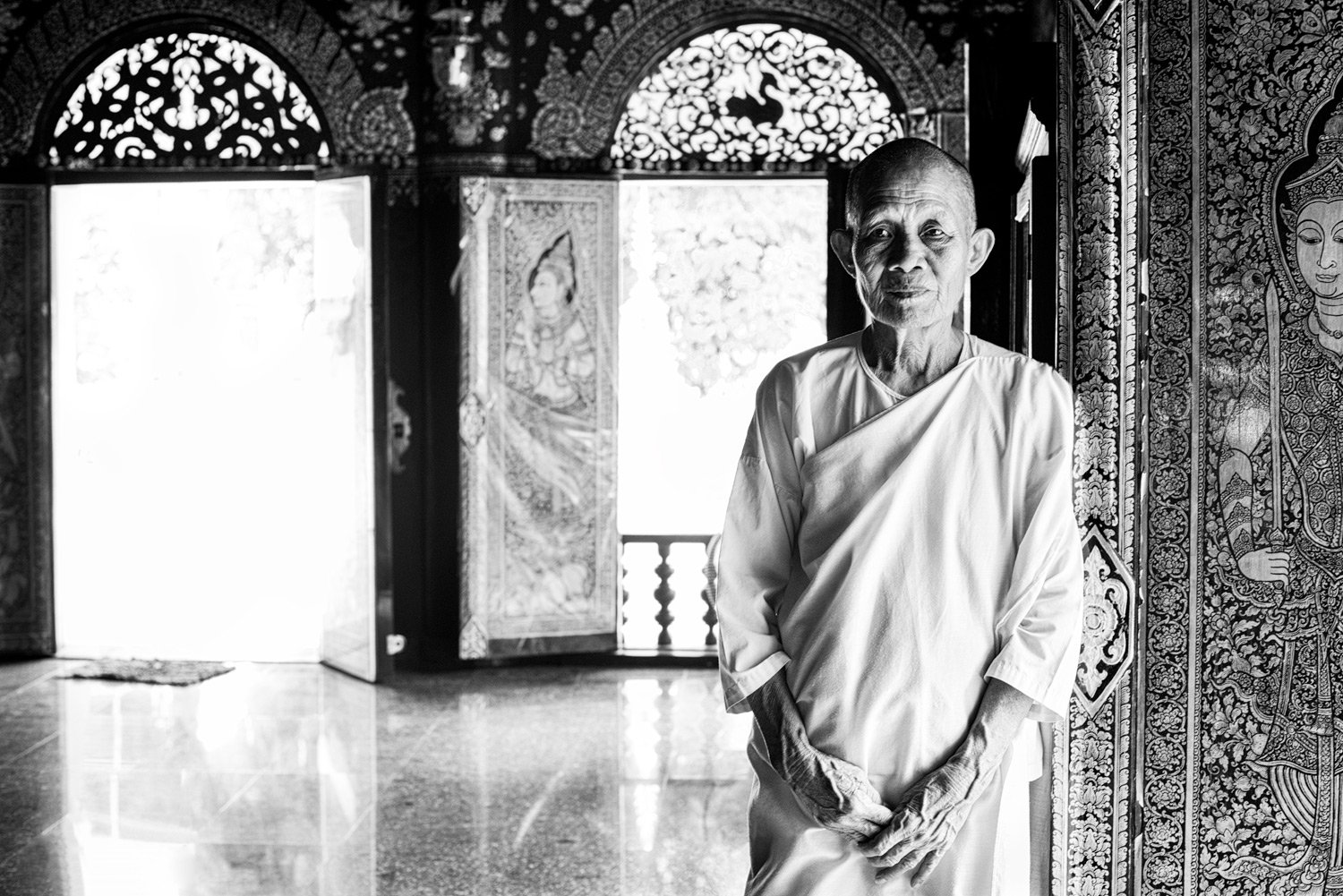
Learn about Composition, Lighting, Exposure, and Timing
Composition is not difficult to learn. There are a few rules. If you understand them well you’ll know when it’s best to apply each one. This takes some practice, but once you have, your photos will be much more interesting.
Your camera cannot compose your photos. Looking at what your subject and deciding how much or how little of it you want to include in your photo is important. How close or how wide will you zoom? Where will you stand or sit to take the photo? Will you make a horizontal or a vertical composition?
Light can make or break a good photo. When the light reflects perfectly off your subject you must know how to set your exposure well. When your subject is very small in your frame your camera may not expose it properly on auto. It will probably make the exposure for the surrounding area. This usually happens with high contrast lighting.
Manual Exposure – Be In Control

I have always used manual exposure. The camera I learned on was old and had no auto exposure settings. Had I photographed the model and elephant using auto mode and the wrong metering setting, the photo would not have turned out well.
The dark-toned elephant and strong light in the background make up the bulk of my composition. The fair-skinned model would not have been well exposed. Knowing that she was my main subject I made a light reading from her face and set my exposure accordingly. Being in control of your exposure means you will not miss out on taking photos like this when there is a strong back light.
Taking your photos at the right time is important too. Pressing the shutter button when the action is at its peak will make a more interesting photo. This is not often something you need to do quickly. Being patient and anticipating when the action will be best takes practice. Travel photographers need to observe what’s going on around them and with their subjects.
Look and see when is the most interesting time to take a photo. Slow down. Don’t rush it. You will notice repetitions inactivity. You will discover when the precise moment to take the photo is.
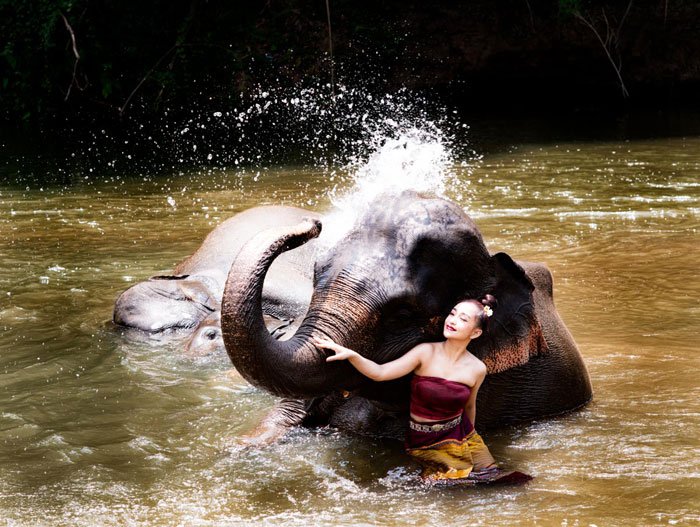
A Travel Photographer with a New Camera
Are you a travel photographer with a new camera? If you are, you can learn about photography while traveling. Heading off on a photography trip you may not have enough time to learn the functions of your new camera. Or you may decide because you spent so much money on it, the camera should be able to take great photos.
Many people who take our Chiang Mai Photo Workshops come with the understanding they are not getting the best from their camera. Most come with their camera set on an auto mode and without a good understanding of light and composition.
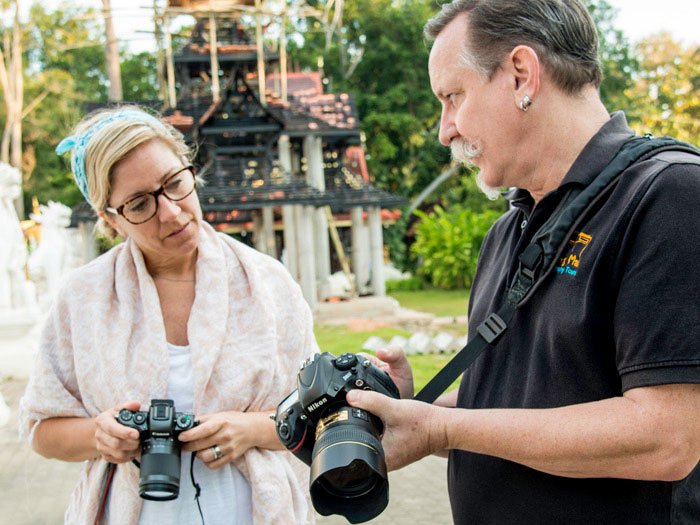
It takes time and effort to learn how to use a new camera. Taking even a one-day photography workshop you can learn a lot about using your camera well. Local photography workshops can set you up to have an awesome experience in a new city and get to know your camera better. Taking a photography workshop will often get you places regular tours will not. Photographers often prefer locations less visited by tourists. They like to capture the local lifestyle and mood of a place.
Interesting Chiang Mai photography spots are plentiful. It’s a wonderful little city steeped in culture and history. Much of what’s photographed in Chiang Mai are the typical tourist spots. Lots of temples and tuk-tuks. During a Chiang Mai Photo Workshop, you will have opportunities to see and photograph parts of the city not many tourists find.
Learning how to use your new camera is important as a travel photographer. Understanding light, composition and other aspects of photography is also important. There are many things the camera will not be able to do for you.
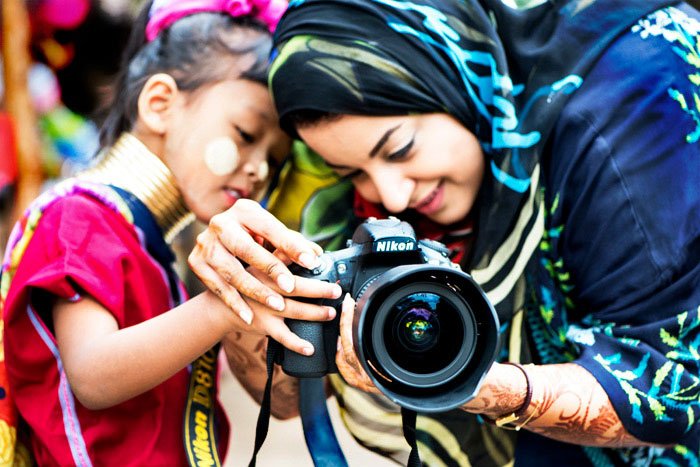
The Joys of Owning a Good Travel Camera
Today it’s so common to see people traveling without a camera. A phone is the preferred device. I can’t imagine any serious amount of travel without a good camera. Being a travel photographer and only using a phone is just wrong.
I know it’s convenient. Phones are so easy to use to take photos with. Image quality on phones has improved so much people consider it’s not necessary to carry a camera as well. But phone cameras are still extremely limited.
Currently, not many phones have decent zoom lenses, so you are stuck with a wide-angle view of everything. This will make your travel photo albums pretty samey. The ability to zoom or change lenses is a huge advantage when traveling. The most popular travel cameras typically feature a good zoom lens. This allows you to capture interesting subjects when you cannot get as close as you like.
Size Matters
Size matters in photography. Cameras always have larger sensors to capture your photos than phones do. A camera and a phone may have the same amount of megapixels, but the physical dimensions of a camera’s sensor will be larger. The type of camera will determine how much larger. The increased physical size of the sensor means the individual pixels are bigger. This means your image quality will be better because the pixels are better at capturing and transforming light into images.
Larger lenses are also an advantage cameras have over phones. The glass inside the camera lens shapes the way your photos will look. It also determines how sharp the photos will be. Higher quality lenses mean higher quality photographs.
If you’re a travel photographer interested to read more of my thoughts on this topic, please read this article.
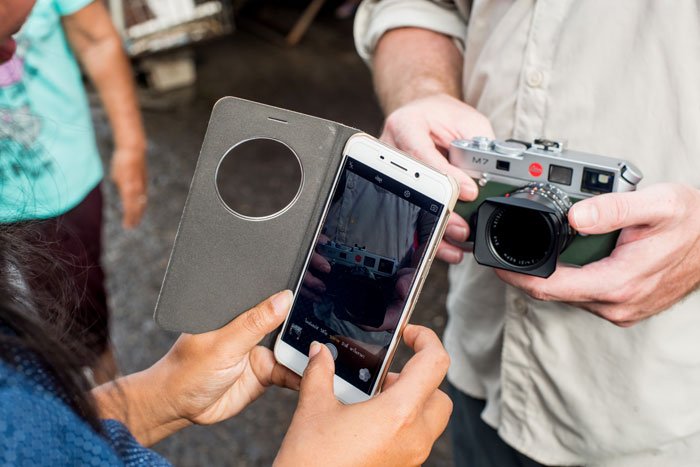
Amazing Thailand Photography
Traveling in Thailand is an amazing experience. Thailand travel photography is ripe with opportunities everywhere you go, in every season. From the crowded streets of Bangkok to the rice fields and the mountains of the north, Thailand photography tours are exhaustive.
Spending any amount of time in Thailand with your camera and you’ll head home with more photos than you know what to do with. The quality of your photos will depend more on how much you understand photography and your camera, than your camera itself. You can’t rely on your camera and you need more than a few Thailand photography tips.
Bangkok is bustling with visual adventure. Temples nestled amongst skyscrapers. Lively street markets full of color and action. Faces from every part of the planet. Nightlife and night lights that keep keen photographers from getting enough sleep. You can never run out of things to photograph in Bangkok.
Thailand travel photography is full of variety. Heading out of the capital your adventures can lead you anywhere. From ancient tribal cultures to modern yoga spas and meditation retreats, Thailand is full of potential. Travel photographers love Thailand for the diversity of images they can create.
In Chiang Mai, photography spots are everywhere. In the old city and surrounds you can easily learn photography while traveling. If you’re not sure where to start, check out one of our local photography workshops. Taking a Chiang Mai Photo Workshop early in your visit will set you up to get great photos throughout your vacation.

Learn To Be A Great Travel Photographer
Enjoyment using your camera increases the more you understand it. Being a travel photographer who has not figured their camera out is frustrating. You will be disappointed in your photos and many tend to blame their cameras.
Most cameras available now are better than most cameras I have ever used. Learning to use them well is easier than ever. You just need to make time and invest in doing so.
It’s a good idea to learn photography while you travel. Taking local photography workshops in different places your adventures take you will make your pictures more interesting.
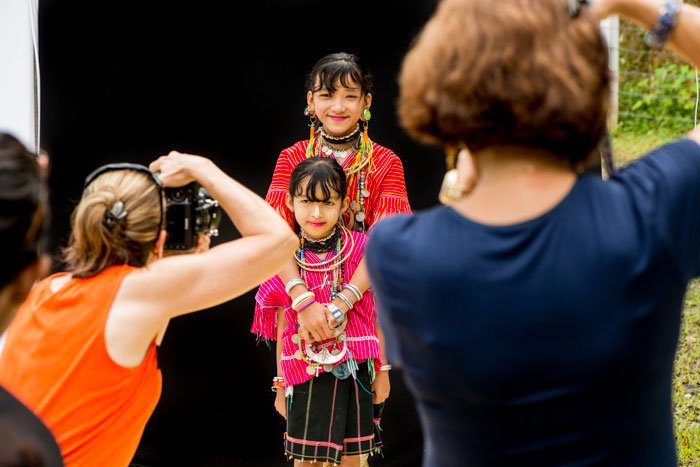
At Chiang Mai Photo Workshops we do not run photography tours. Photography tours in Thailand and other places are designed to show big groups of tourists pretty things to photograph. If this is all you are interested in you might pick up a few photography tips along the way.
Chiang Mai Photo Workshops teach a maximum of four people per workshop. You will learn how to use your camera better, no matter what experience level you are at. I am passionate to teach photography to anyone interested in learning how to be in control of their camera. Once you can control your camera well you will be freed up to take more creative photographs of your travels, wherever they take you.
If you’ve enjoyed this article, you may also like to read this one “25 Valuable Tips For The Best Travel Photography Portraits.”
Fill in the form and ask your questions
If you're wanting to book a Chiang Mai Photo Workshop please include the date(s) and the workshop you are interested in. We'll email you back shortly.
For pricing and details please keep scrolling down this page.
